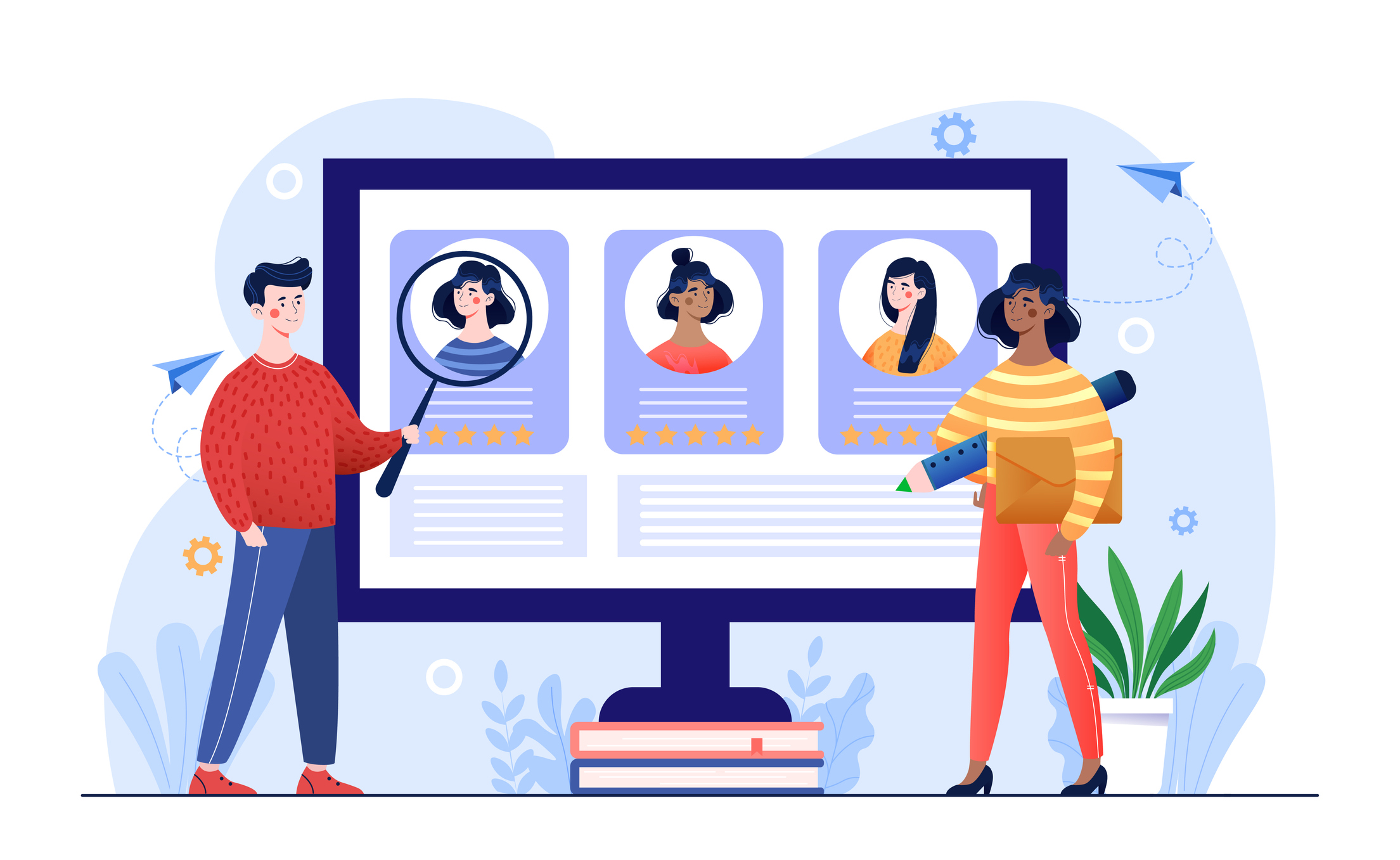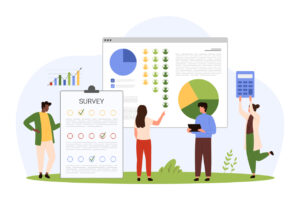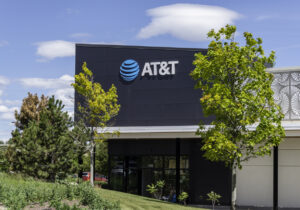Creating employee personas helps you communicate better. Here’s how.
To engage your employees, first you’ve got to find them.

The days of sending company-wide emails should be gone.
With a record number of messages jamming inboxes every day, many employees just aren’t opening them. And not all of those who open the emails will read them.
You can’t reach your sales team, night shifts, remote workers or desk-bound employees the same way. You must meet each group where they are, and when they’re able to hear from you. That’s why we often recommend developing employee personas to clients with diverse workforces.

A sample persona of a hospital employee.
Personas have long been used in marketing to identify prospects. They are fictional representations of the ideal customer, based on survey research and data about existing buyers.
No two employees are alike. But groups of employees do share motivations, demographic traits, experiences and work schedules, like customers. For example, at a hospital one persona might be an operations employee who mostly works from home. Another persona might be a facilities worker, who doesn’t spend the day in front of a desktop computer.
Employee surveys and focus groups provide the data and insights to create personas. These research techniques are key parts of internal communications audits, comprehensive reviews of the effectiveness of an organization’s content and comms channels.
Personas unveil those differences among groups of workers so you can move away from generalized email blasts to more targeted communications. Here are four tips for using personas in your organization.
1. Select the persona groups deliberately. Review your various employee types (hourly, non-desk, remote, people leaders, night shift, sales, nurses, physicians, warehouse workers, etc.) Prioritize the groups with the lowest engagement with communications—your hardest to reach audiences. Typically, six total personas is the sweet spot.
2. Create a narrative for each persona. Use your focus groups and other employee interviews to bring the data to life. Don’t just state the facts about the persona’s preferred communication channels and when those channels are checked. Use the data to write a brief profile.
3. Put your personas to work. Don’t let dust collect on your data. Use your findings to tailor the channels and content to your many audiences. Train all content producers on the various profiles so they can create messages with the personas in mind.
4. Share the data broadly. Present your findings to leaders across the organization, focusing on how each department can use the personas. Will IT need to implement new digital tools for hard-to-reach employees? Does leadership need to make more time to connect with warehouse employees who aren’t getting information from town halls or live events? Be an advocate for using the personas on an ongoing basis across the organization.
Rebecca Shaffer is the managing partner of Ragan Consulting Group. Schedule a call with Tom Corfman to learn how we can help you improve your communications effort with training, consulting and strategic counsel. Follow RCG on LinkedIn here and subscribe to our weekly newsletter here.






